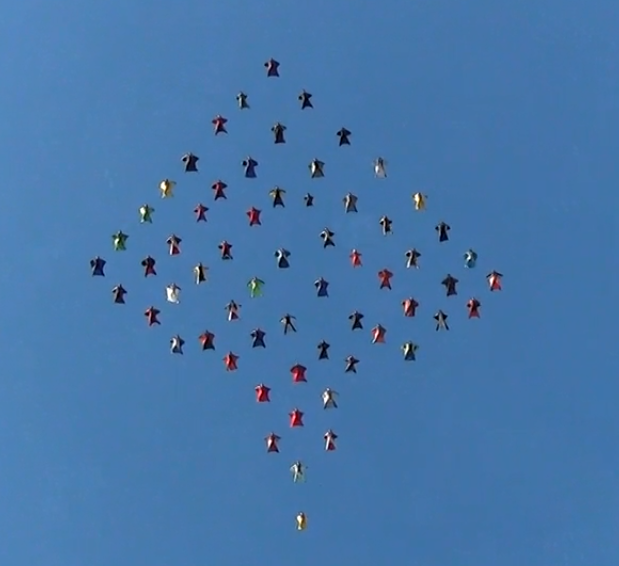Recommended Posts
kallend 1,648
lawrocketThat is but another explanation. Explanations are numbering in the dozens now. Each with different proposed mechanisms. Why is everyone out there trying to explain why Antarctic sea ice is increasing? Answer: because it is absolutely contrary to the models. Predictions were totally the opposite. Arctic is generally trending with what was expected. But Antarctic sea ice is showing a definite limit to climate models.
I can admit that I am finding greater simple elegance to your previous suggestion that the coastal seawater is being diluted by increased runoff. Reason is because the mechanism makes sense. We all know most of Antarctica is a desert because most of it is so cold that the air can't hold moisture to precipitate. An increase of temperature will result in an increase of precipitation. It doesn't snow at minus 40. It does at minus 20.
The effect is increased accretion of snow/ice. As well as increased ablation. Leading to more runoff that is not necessarily older ice.
There is even a study suggesting that climate change is causing an increase of rainfall in the Southern Ocean, further diluting the surface (the atmosphere transferring water from northern to southern areas).
All pretty interesting. And unpredicted. The science looks far from settled.
I think you are confusing change itself with an indicator of change. Sea ice extent is just an indicator, it is not climate change.
The only sure way to survive a canopy collision is not to have one.




I can admit that I am finding greater simple elegance to your previous suggestion that the coastal seawater is being diluted by increased runoff. Reason is because the mechanism makes sense. We all know most of Antarctica is a desert because most of it is so cold that the air can't hold moisture to precipitate. An increase of temperature will result in an increase of precipitation. It doesn't snow at minus 40. It does at minus 20.
The effect is increased accretion of snow/ice. As well as increased ablation. Leading to more runoff that is not necessarily older ice.
There is even a study suggesting that climate change is causing an increase of rainfall in the Southern Ocean, further diluting the surface (the atmosphere transferring water from northern to southern areas).
All pretty interesting. And unpredicted. The science looks far from settled.
My wife is hotter than your wife.
Share this post
Link to post
Share on other sites